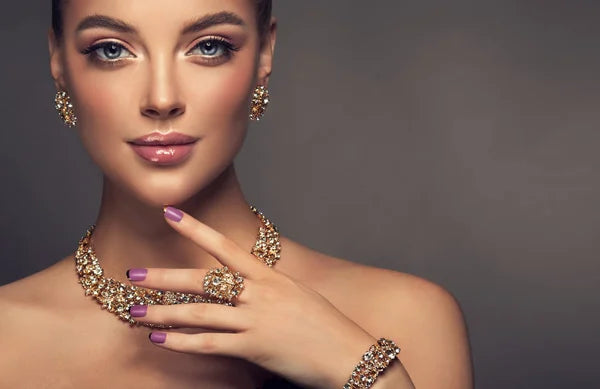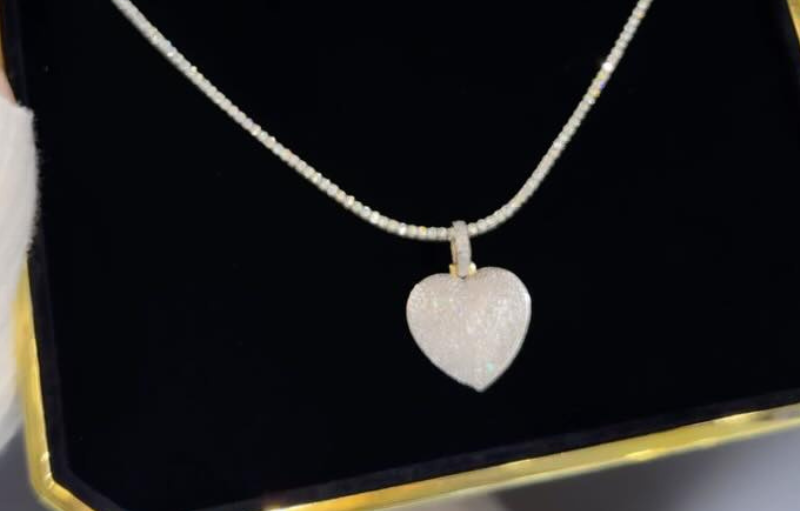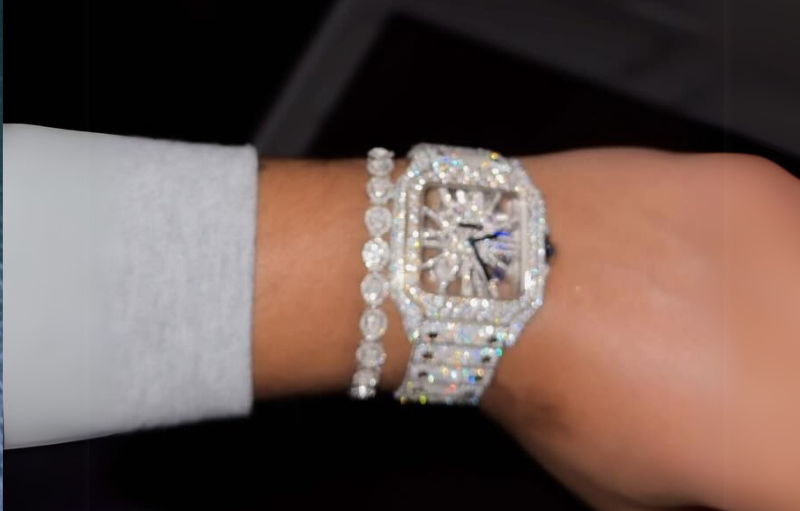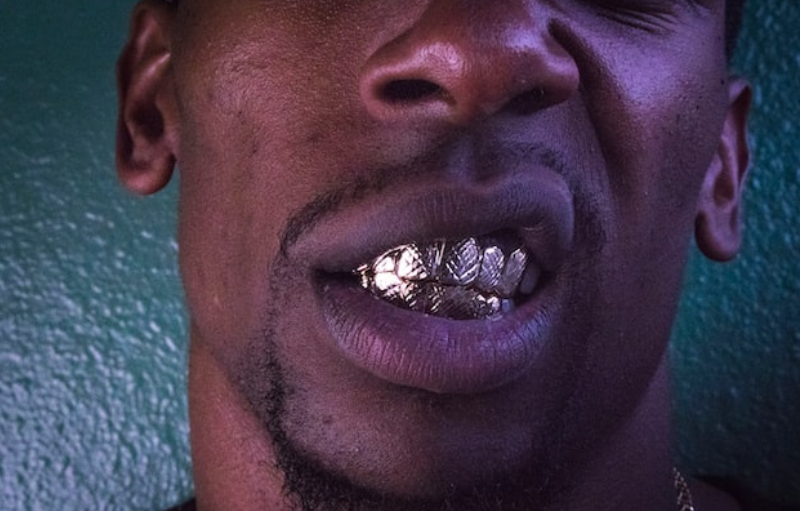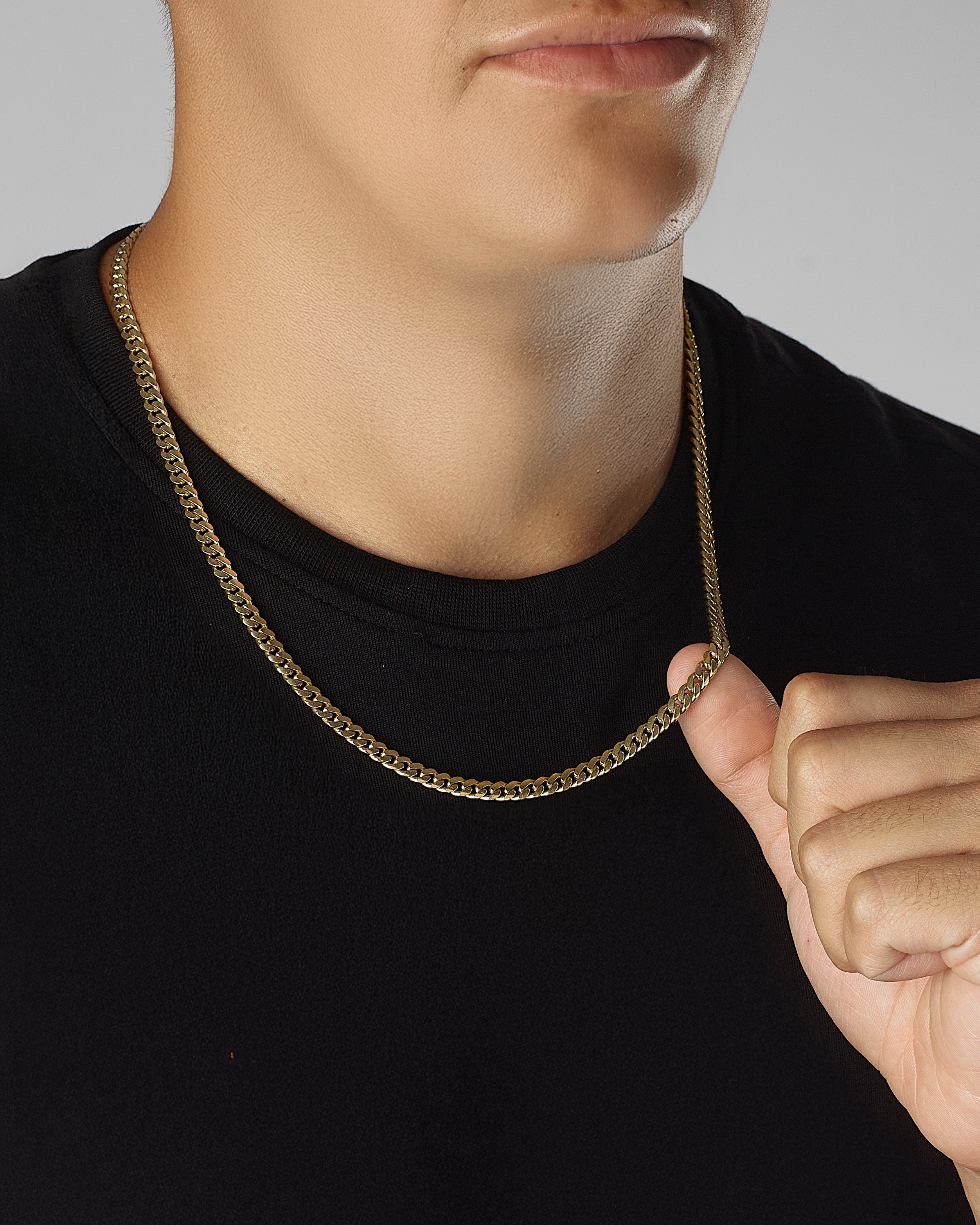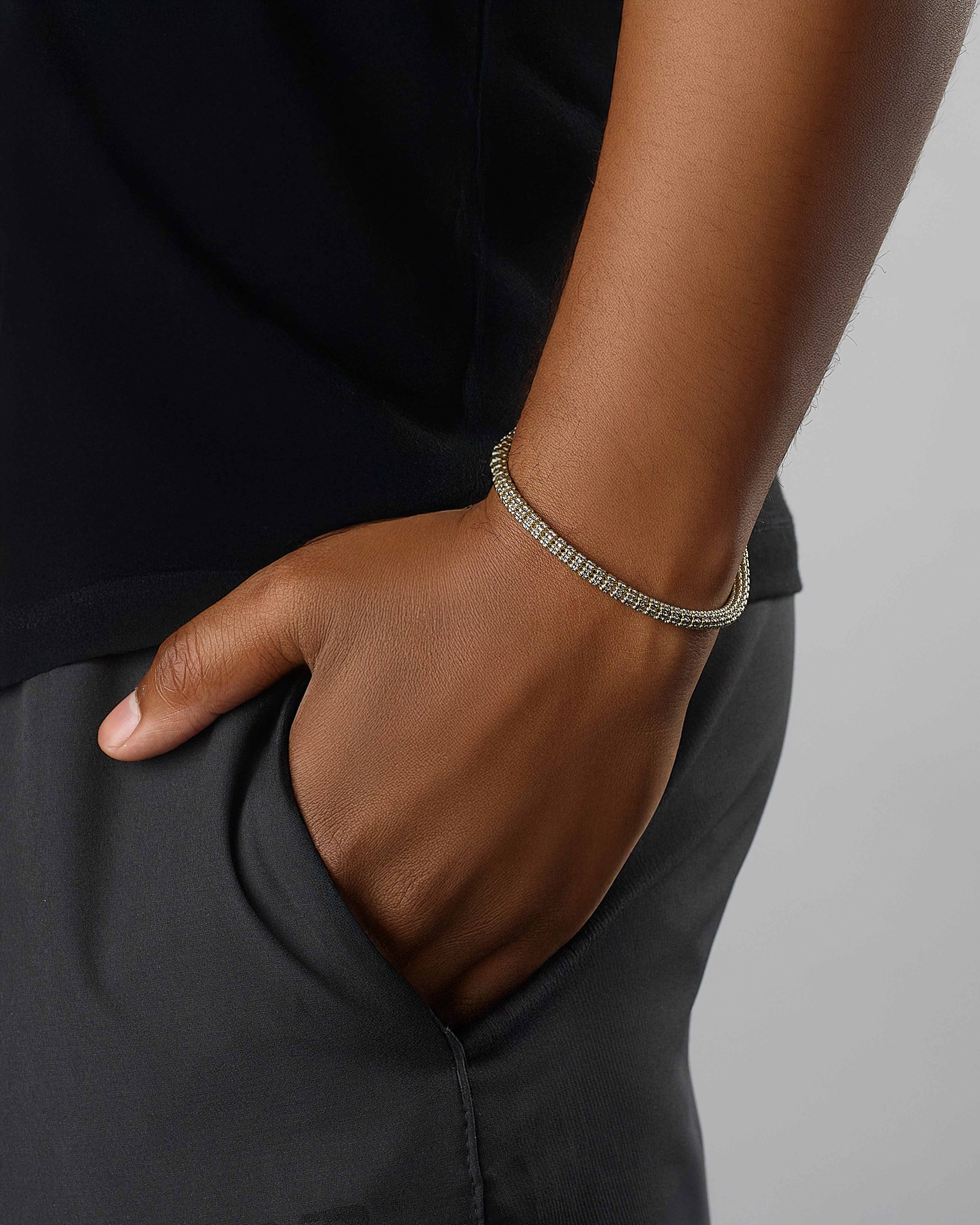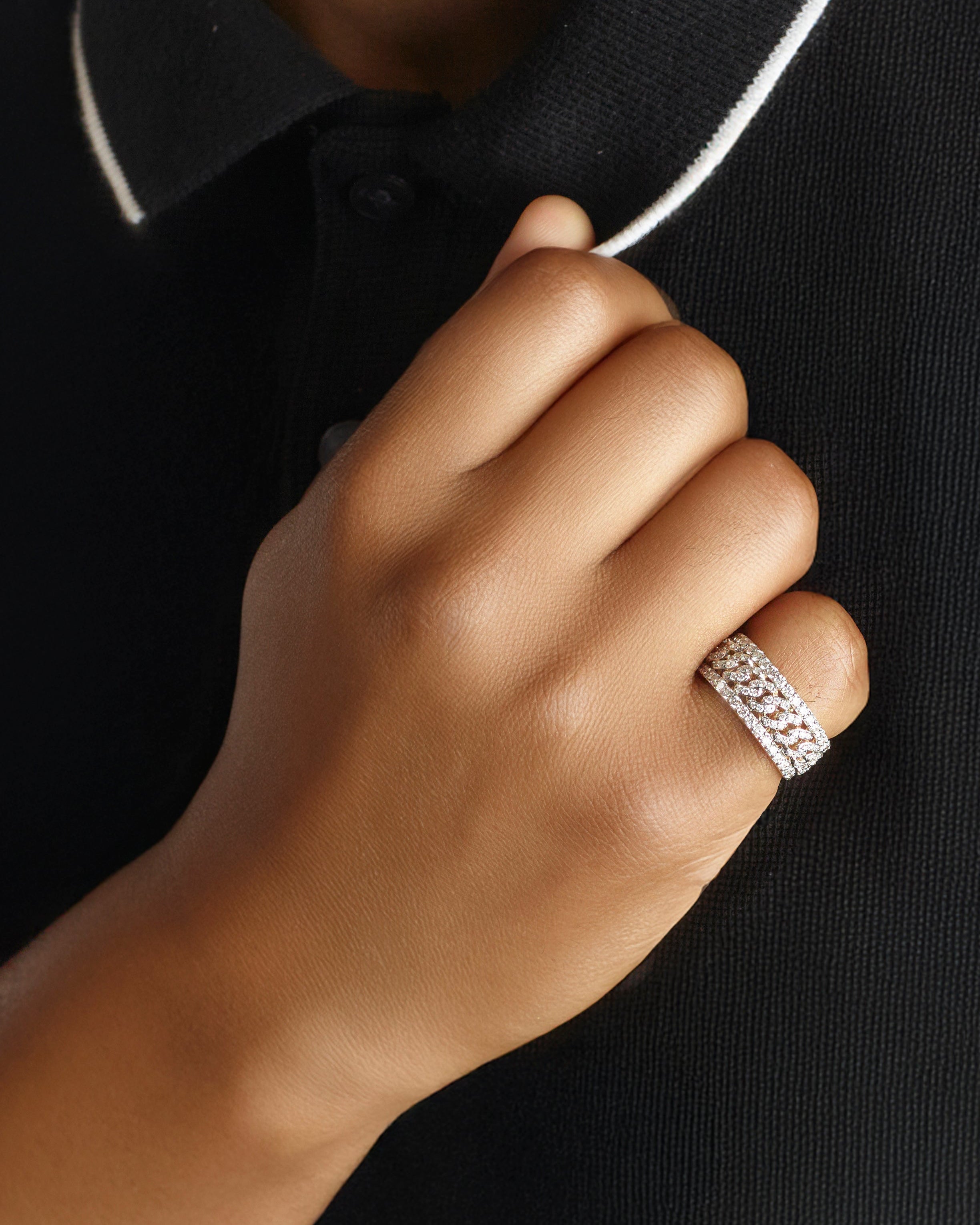Investing in jewelry is more than just acquiring beautiful pieces; it's about owning tangible assets that can appreciate over time. Unlike other luxury items, jewelry can retain and even increase its value, making it a smart addition to your investment portfolio. However, not all jewelry is created equal when it comes to investment potential. This guide will help you navigate the world of jewelry investments, highlighting what to buy and why certain pieces are worth considering.
1. Why Invest in Jewelry?
a. Tangible Assets with Lasting Value
- Physical Ownership: Unlike stocks or bonds, jewelry is a physical asset that you can hold, wear, and enjoy. This tangible aspect adds an emotional value, making it more than just a financial investment.
- Hedge Against Inflation: High-quality jewelry, especially those made from precious metals and gemstones, can act as a hedge against inflation. As the value of money fluctuates, the intrinsic value of materials like gold and diamonds often remains stable or increases.
b. Aesthetic and Emotional Value
- Timeless Beauty: Jewelry is not just about monetary value; it's also about the beauty and craftsmanship that can be passed down through generations. Heirloom pieces can carry sentimental value that grows over time.
- Versatility: Unlike other investments, jewelry can be worn and enjoyed while it appreciates in value. It serves both as an adornment and a valuable asset.
2. Key Factors to Consider When Investing in Jewelry
a. Quality and Craftsmanship
- High-Quality Materials: Always prioritize jewelry made from high-quality materials such as 18k or 24k gold, platinum, and high-grade diamonds. These materials are more likely to retain their value over time.
- Craftsmanship: Invest in pieces that showcase exceptional craftsmanship. Fine detailing, unique designs, and the reputation of the jeweler or designer can add significant value to the piece.
b. Rarity and Demand
- Limited Edition Pieces: Jewelry that is part of a limited edition or created by renowned designers often has a higher resale value due to its rarity and demand among collectors.
- Vintage and Antique Jewelry: Older pieces, especially those from iconic periods like the Victorian, Art Deco, or Edwardian eras, can be highly valuable. Their rarity and historical significance make them attractive to collectors and investors alike.
c. Market Trends and Timing
- Stay Informed: Like any investment, jewelry markets can fluctuate. Staying informed about market trends, such as the popularity of certain gemstones or designs, can help you make smarter investment decisions.
- Timing Your Purchase: Purchasing jewelry during market downturns or off-peak seasons can provide opportunities to buy high-quality pieces at lower prices.
3. Top Jewelry Investments to Consider
a. Gold Jewelry
- Why Gold?: Gold is a universally recognized and valuable metal, making it a reliable investment. Its intrinsic value has stood the test of time, and it’s often used as a safe haven during economic uncertainty.
- What to Buy?: Invest in 18k or 24k gold jewelry, such as bracelets, necklaces, or rings. Vintage gold pieces or those from renowned brands like Cartier or Tiffany & Co. are particularly valuable.
b. Diamond Jewelry
- Why Diamonds?: Diamonds are one of the most sought-after gemstones, known for their durability, rarity, and beauty. They have a long history of maintaining and appreciating in value.
- What to Buy?: Focus on high-quality diamonds with excellent cut, color, clarity, and carat weight. The 4Cs are crucial in determining a diamond’s value. Consider investing in solitaire diamond rings, tennis bracelets, or pieces from well-known jewelry houses.
c. Colored Gemstones
- Why Colored Gemstones?: Rubies, sapphires, emeralds, and other colored gemstones are becoming increasingly popular as investment pieces. Their rarity and unique beauty make them highly desirable.
- What to Buy?: Look for high-quality, untreated stones with rich color and excellent clarity. Burmese rubies, Kashmir sapphires, and Colombian emeralds are particularly valuable due to their scarcity and historical significance.
d. Designer and Brand Name Jewelry
- Why Designer Jewelry?: Jewelry from iconic designers and brands, such as Van Cleef & Arpels, Harry Winston, or Bvlgari, often carries a premium due to the brand's reputation for quality and design.
- What to Buy?: Limited edition pieces, classic designs, and items from famous collections are all excellent choices. These pieces often appreciate in value due to their desirability among collectors.
e. Vintage and Antique Jewelry
- Why Vintage/Antique?: Vintage and antique jewelry often carries a unique charm and historical value. Pieces from distinct eras like Art Deco or Victorian times are highly sought after.
- What to Buy?: Seek out pieces in excellent condition, preferably with original components and documentation. Jewelry from well-known periods or designers tends to hold its value and may appreciate over time.
4. Where to Buy Investment Jewelry
a. Reputable Jewelers and Auction Houses
- Trustworthy Sources: Purchase from reputable jewelers, certified dealers, or established auction houses like Sotheby’s or Christie’s. These sources provide authenticity certificates and appraisals, ensuring you’re making a sound investment.
- Marketplaces and Online Platforms: Online platforms like 1stdibs or The RealReal offer vetted, high-quality jewelry pieces. However, ensure the platform has a solid reputation and offers guarantees on authenticity.
b. Considerations for Buying
- Documentation and Certification: Always request documentation that verifies the authenticity and quality of the piece. Certificates from recognized gemological institutes like GIA (Gemological Institute of America) are essential, especially for diamonds and colored gemstones.
- Condition and Maintenance: Check the condition of the jewelry carefully, especially for vintage or antique pieces. Well-maintained pieces are more likely to appreciate in value.
5. Tips for Maintaining Your Investment Jewelry
a. Proper Storage
- Protective Storage: Store your jewelry in a secure, dry place, preferably in a safe or a jewelry box with individual compartments to prevent scratching and damage.
- Insurance: Insure your valuable pieces to protect against theft, loss, or damage. This adds a layer of security to your investment.
b. Regular Maintenance
- Professional Cleaning: Have your jewelry professionally cleaned and inspected regularly. This ensures it remains in excellent condition and helps maintain its value.
- Avoid Daily Wear: Limit wearing investment pieces to special occasions to avoid wear and tear that could diminish their value.
Conclusion: Jewelry as a Lasting Investment
Investing in jewelry is not only about financial gain but also about owning pieces that bring joy and have the potential to become cherished heirlooms. By focusing on high-quality materials, exceptional craftsmanship, and rare or designer pieces, you can build a jewelry collection that not only enhances your personal style but also serves as a valuable investment for the future. As with any investment, research and knowledge are key, so take your time to find the pieces that are both beautiful and financially rewarding.


